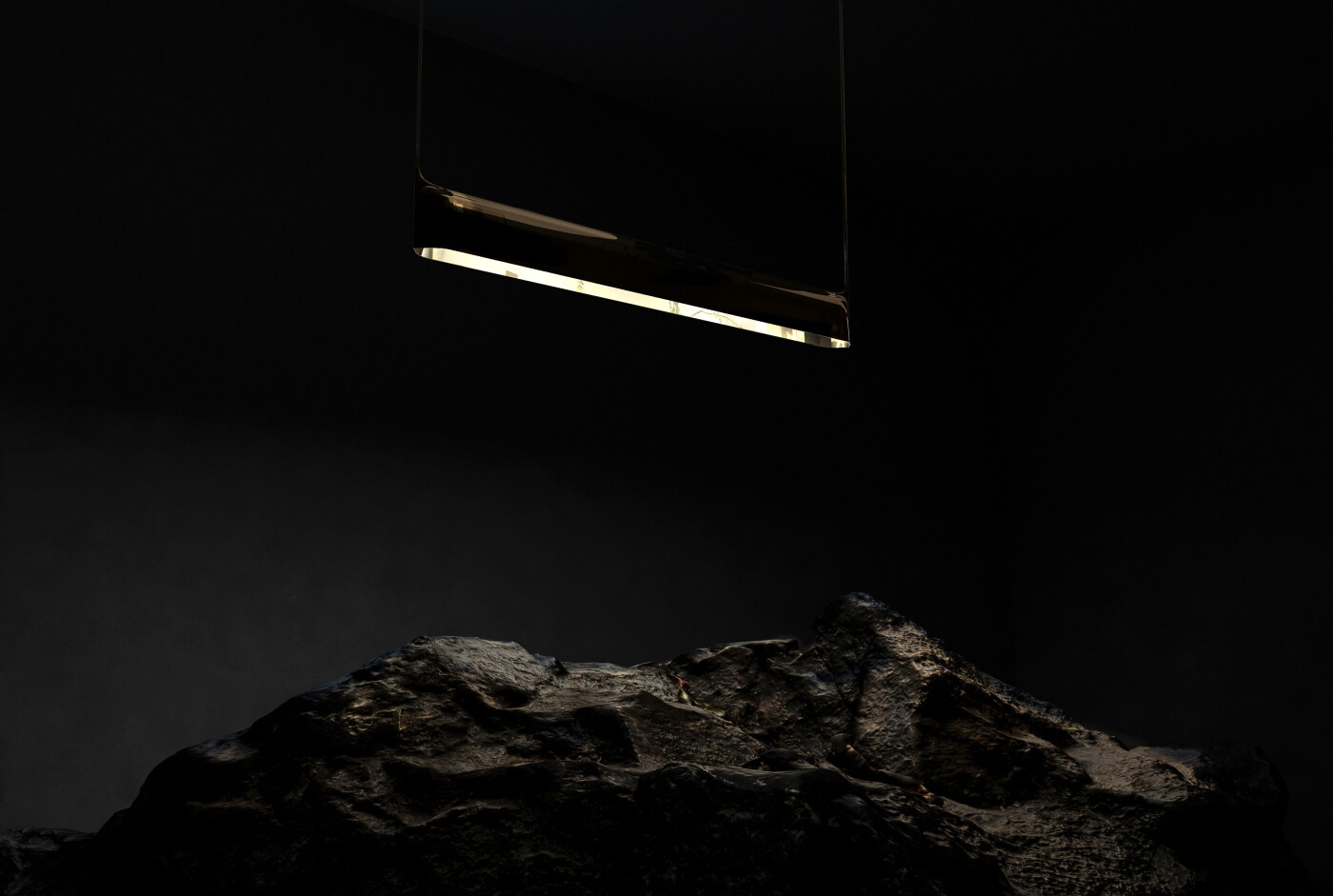
By looking, we gather information about the world. We see colours, reflections, shapes—sunrises, sunsets, stars. We perceive light, visible light, which is just a narrow part of the spectrum surrounding us. What appears to us as white light is, in reality, a combination of rainbow colours, electromagnetic waves of varying lengths—from violet at 380 nanometres to red at 700 nanometres. Only this range of waves is recognized by the human eye, and commonly called light.

photo: Well Studio

photo: Aubree Herrick
Studying waves
Visible light, radio waves, microwaves and X-rays form one group of interactions, disruptions within the electromagnetic field. Some of these disruptions manifest as colours, to which the intricate mechanism of our retinas responds. The remaining definitions of waves can be learned, represented in a graph, or translated into visible photometric records legible to the eye, such as colourful images from thermal cameras or spectral lines of elements.
The study of light reveals hidden properties of objects throughout the universe. Using visible light, the James Webb Space Telescope creates multicoloured images of distant galaxies, igniting curiosity and stimulating our imagination. Artists create breathtaking compositions of shades, designers influence the quality of everyday life, and scientists deepen our understanding.
-large.jpg)
The dominion of light
-large.jpg)
photo: Weronika Trojanowska
Light is also a regulator of biological processes. It is a lifegiving stream of electromagnetic waves involved in photosynthesis, circadian rhythms, as well as ergonomics, medicine, and art. Our cognitive skills have allowed us to exercise dominion over light. We have learned to generate electromagnetic waves in the form of independent, artificial light sources. But this revolution quickly grew into a dynamite-scale problem.
The constant craving for more, and the hyperactivity in the growth of our species, have led to a situation where light is not just studied, driving advances in many scientific fields, but also generates “light pollution.” Excess emissions of blue light are drowning out soothing, ambient, warm light. So now research focuses on how to limit harmful emissions, and regulate and optimize wave parameters.

-large.jpg)
photo: Weronika Trojanowska

Designing light

photo: Julia Leus
The experience gained during our design process suggests that in the near future, lighting certification will also include a health parameter. With this curiosity and thoroughness, we embarked on research and development on light—the object of our longstanding fascination. Light fascinates us as artists and engineers. It has become the subject of our aesthetic and technological quests. It has become a transmitter of visible spectrum waves at a selected colour temperature, encapsulated in the artistic experience embodied in our metal FiDU objects. Thus we have started the next comprehensive chapter at Zieta Studio: Zieta Lighting.
Read more about the Zieta Lighting >>>
Read more about the Zieta Lighting >>>
Studies on light allow designers to leverage the relationships between colour temperature, direction, angle of incidence, and frequency. This is why lighting architecture is so complex. It is subject to parameter definitions such as luminous flux, luminance, illuminance, intensity, colour rendering index (CRI, Ra, R9), and many others. Operational standards, international certifications, and indices are created.



.jpg)
